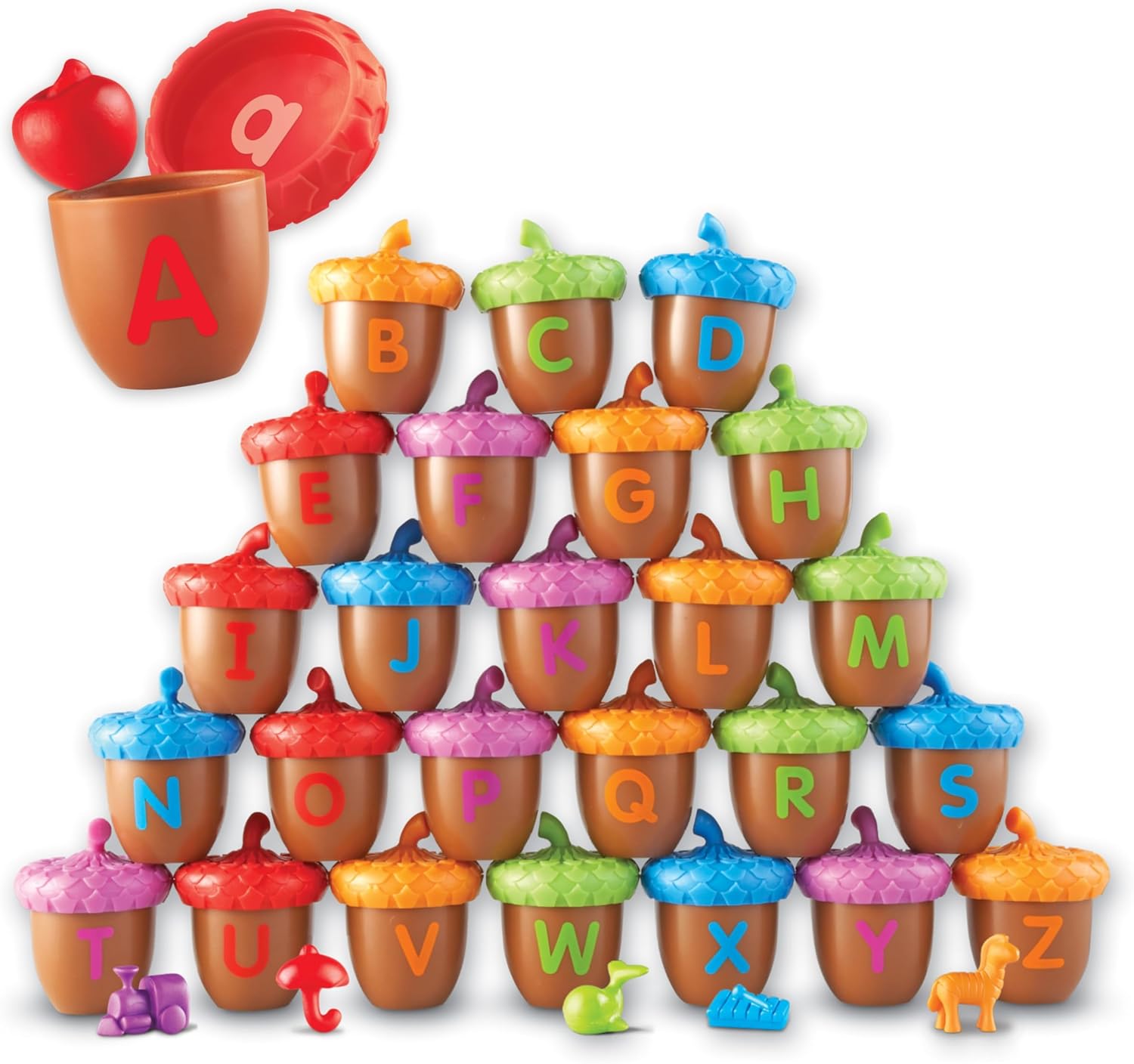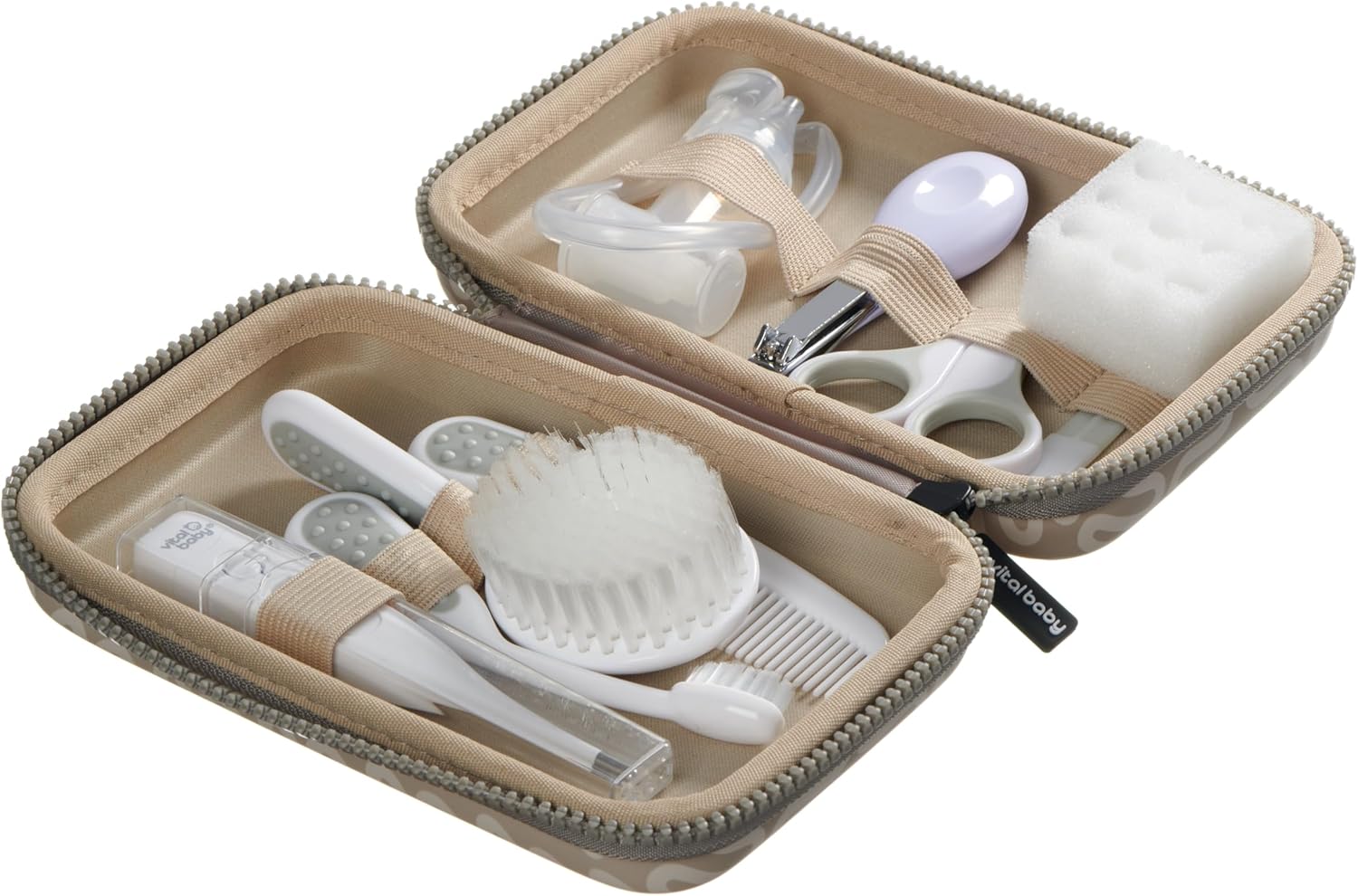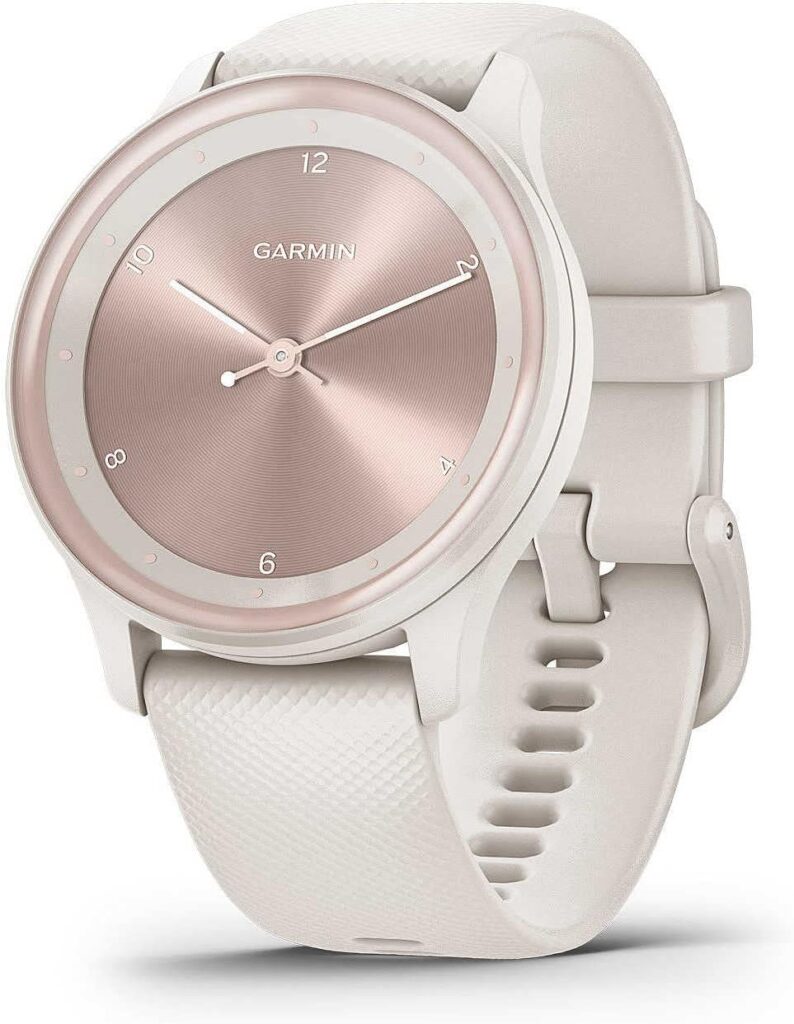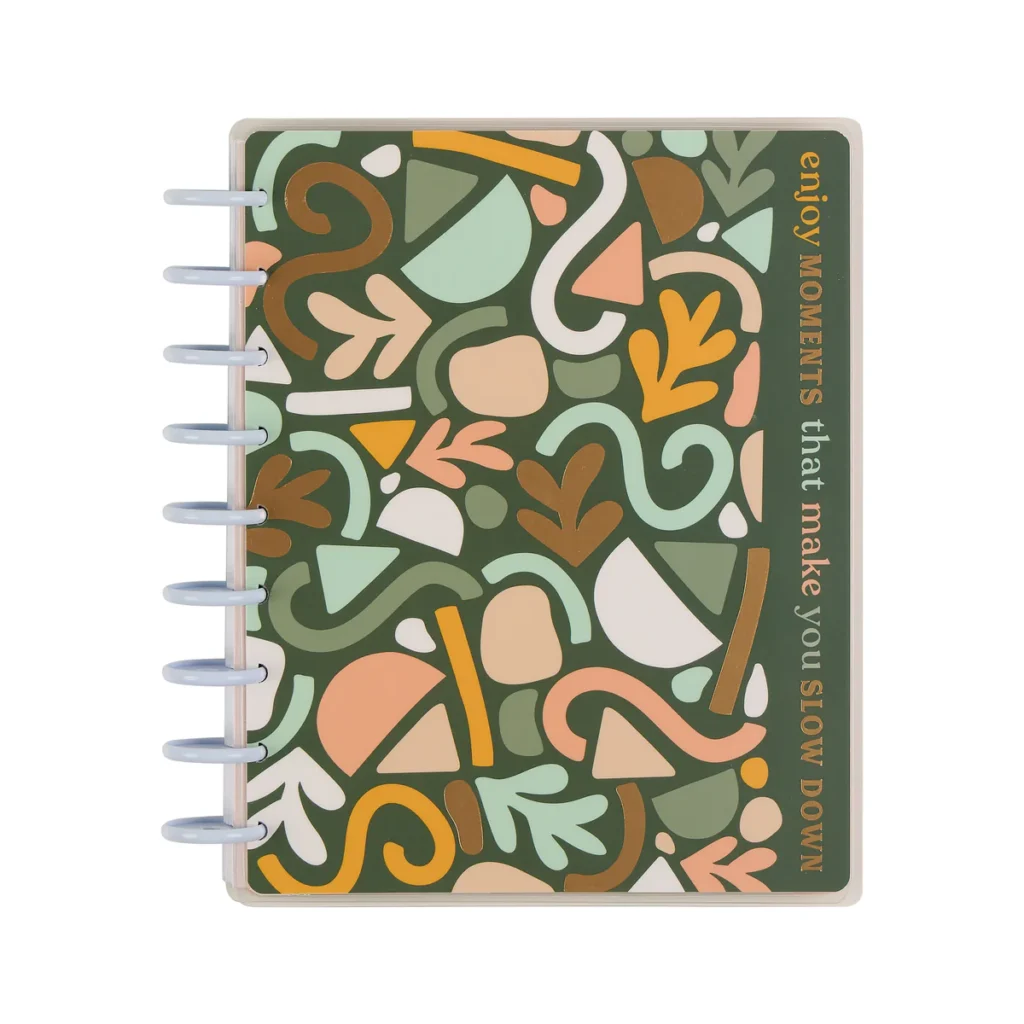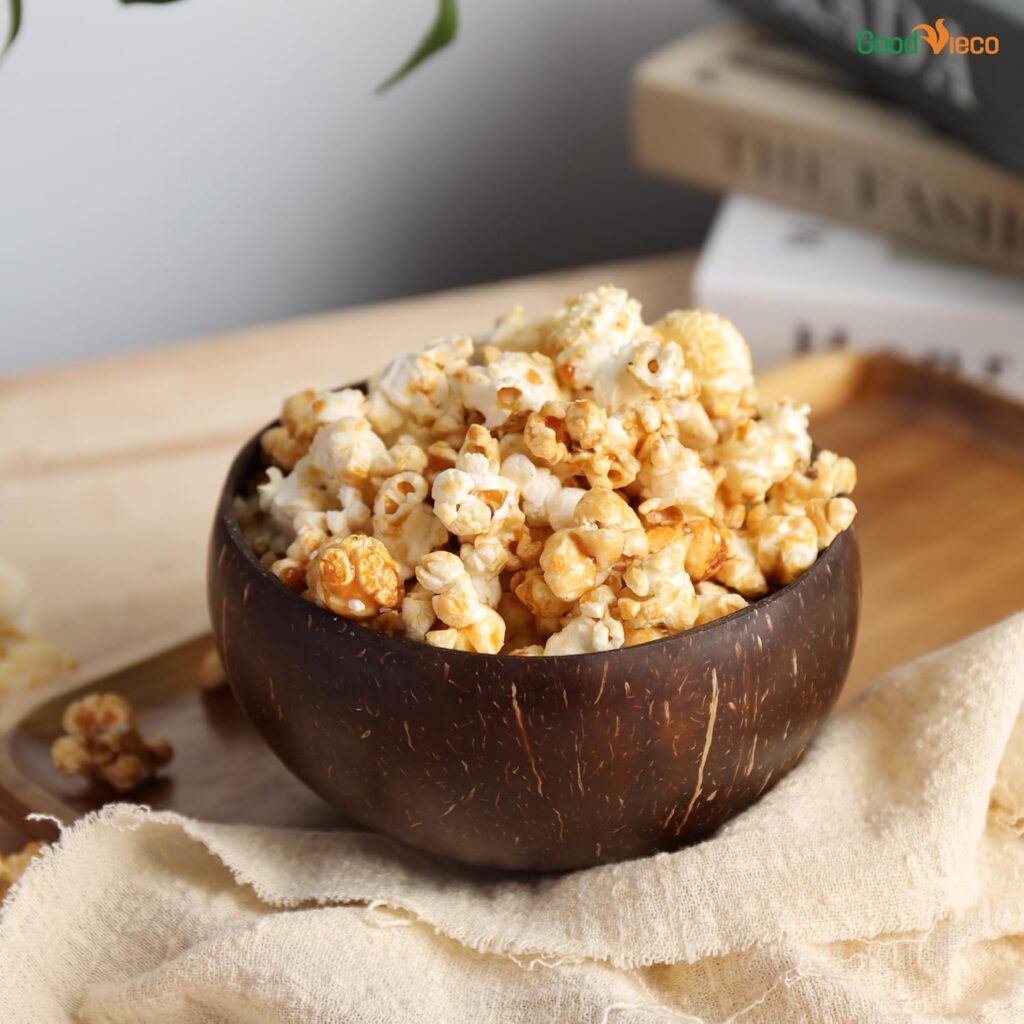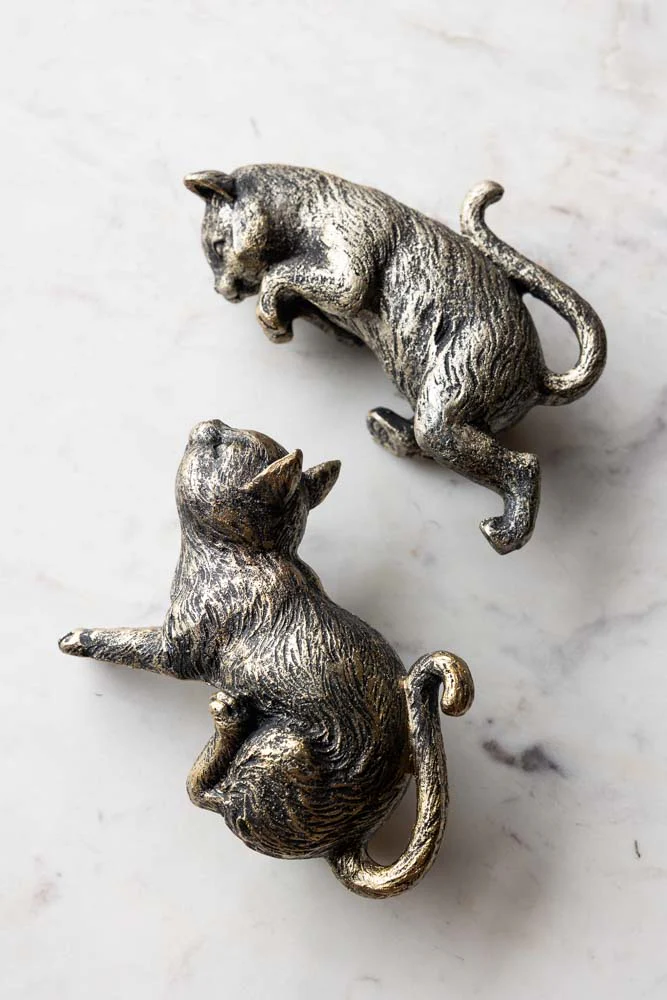The first steps toward reading aren’t silent—they’re busy, bright, and wonderfully tactile. When small hands can hold a letter, twist it open, and discover a clue to a sound, the brain lights up in ways a flat page can’t always reach. That’s the quiet magic of the Learning Resources Alphabet Acorns Activity Set: each acorn pairs a printed letter with a tiny object inside, inviting children to connect symbols, sounds, and meanings in one satisfying motion. Open, name, match, repeat—suddenly the alphabet is less abstract and more like a basket of little secrets they can master.
In this article, we’ll turn your set into a full routine for home or classroom. In this article, you’ll learn how to launch a low-prep literacy center, how to level activities from emerging learners to confident sound detectives, and how to weave in handwriting, vocabulary, and memory. We’ll also cover inclusion strategies for multilingual pupils and children with fine-motor challenges, simple assessment habits that don’t interrupt play, and storage and hygiene tips so the set stays fresh all year.
Shop Alphabet Acorns Activity Set
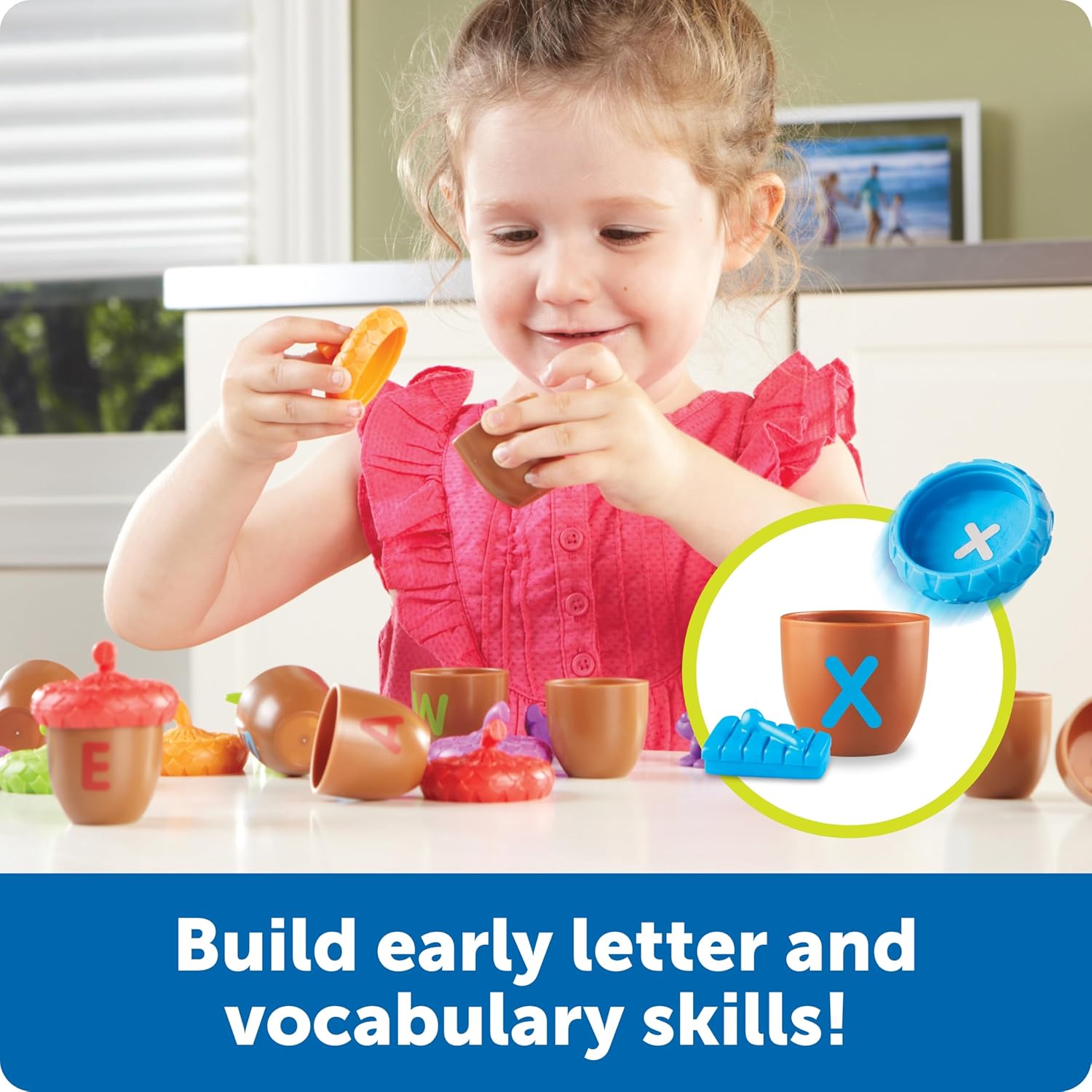
Why these little acorns work
Young learners thrive when three streams meet: sound in the ear, print before the eyes, and movement in the hands. The Alphabet Acorns Activity Set links all three. The outer shell shows a clear letter, the twist reveals a small object, and the reveal moment cues speech—children name the item and feel the first sound in their mouths. That multisensory loop is ideal for phonemic awareness. Because each acorn is its own tiny “mission,” you get short, repeatable wins that build attention and confidence without lectures or long instructions. The shape itself encourages bilateral coordination (hold, twist, open) and graded control (close gently, align tops and bottoms), which quietly builds the same small muscles needed for pencils and scissors later.
Simple setup for a daily literacy center
Keep the footprint small and the expectations steady. Place a shallow tray on a low table, add six to eight acorns to start, and keep the rest in a lidded box nearby. A small mat defines the workspace; a sand timer sets a calm rhythm without turning learning into a race. Post two picture cues—“Open & Say” and “Match & Check”—so even non-readers understand the flow. When children arrive, they open one acorn, name the object, emphasize the first sound, and match to the correct letter top. At tidy time, everything returns to the tray in the same orientation; the routine teaches order as much as letter–sound links.
For home use, claim a “reading basket” by the sofa or at the kitchen table. Five acorns is enough for a nightly micro-session while dinner cooks. A phone snapshot of the “finished layout” helps little ones reset the basket themselves—a tiny dose of independence that families love.
Shop Alphabet Acorns Activity Set
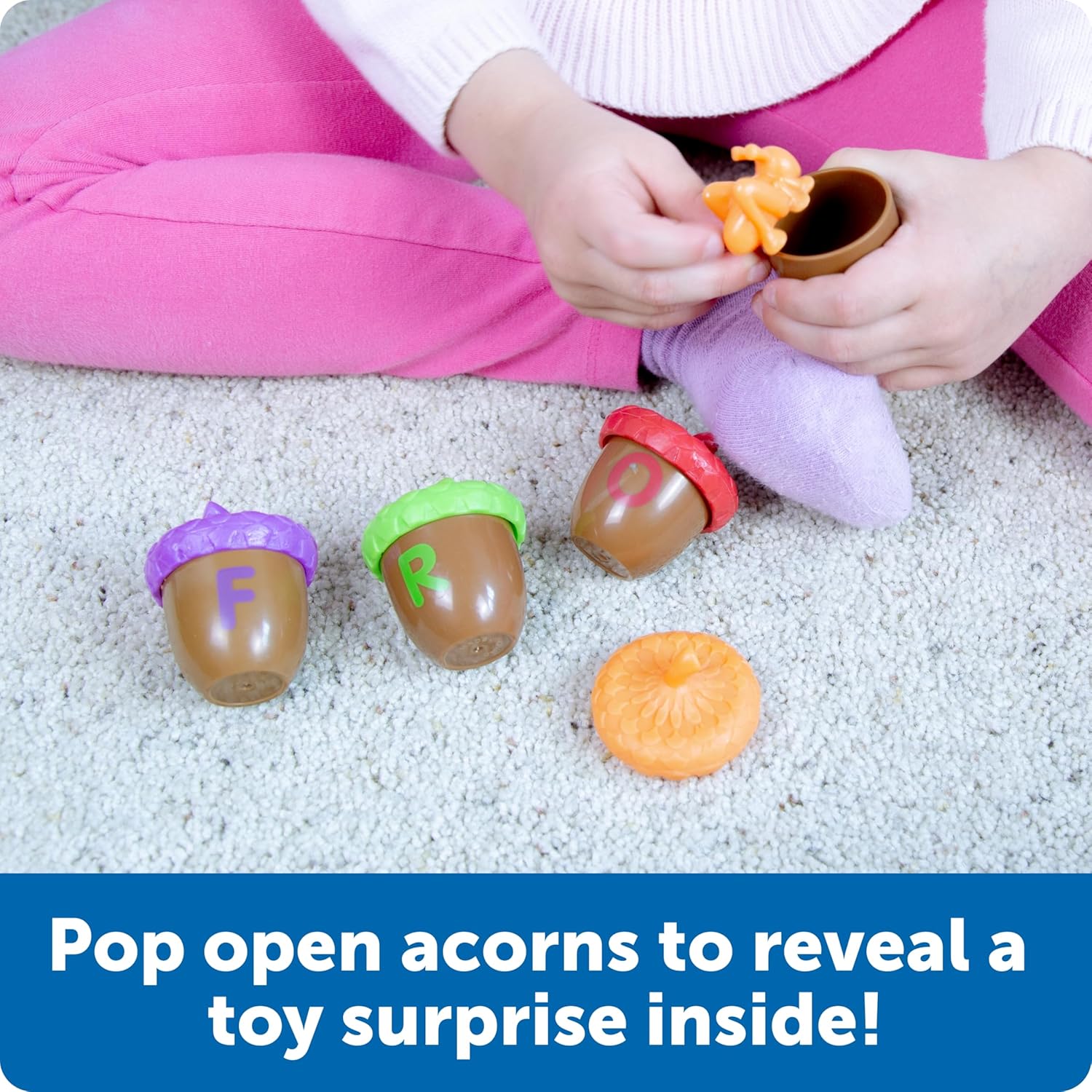
Activities that grow with your learners
Start with success, then add challenge in small, satisfying steps. For brand-new learners, keep vowels separate and offer a narrow selection—perhaps the first letters of their names and a few high-utility consonants like m, s, t, p. Say the sound purely (/m/ not “muh”), let the child repeat, then invite the match. If a sound is tricky, model the mouth shape and exaggerate the start of the object’s name: “/s/—sun.”
As confidence grows, mix uppercase and lowercase tops and play “find the family”: can the child pair M with m and then find the object that begins with /m/? Later, turn the acorn into a clue hunt—hide three around the room and give a verbal riddle (“Find the acorn that starts like map”). The search adds movement and attention; the reveal keeps the phonics front and center.
For children already secure with initial sounds, shift the cognitive load to sorting and explaining. Ask them to group acorns by shared features of their objects (“soft things,” “things that roll”) and then rename each item emphasizing the onset: /b/-ball, /b/-bear. That simple patterning sprinkles in vocabulary and category language without losing the play energy.
Linking to handwriting and print awareness
Handle first, mark later. After a clean verbal match, invite a single trace of the corresponding letter on a whiteboard or a sand tray. One neat letter beats a page of tired scribbles; you’re building quality and start-point habits. Keep a short mantra for each path—“down, up, around” or “curve and kick”—and echo it as the child writes. If reversals appear (they will), go large: trace the letter with finger on the table, then return to a small board for precision. Lay the letter top next to the writing space so print and production sit side by side in the child’s field of view.
Print awareness grows when letters show up outside the “literacy slot.” Place a matching acorn by the snack (“/a/-apple”), label a shelf with a bold letter, or start a car-ride “I spy” with the day’s focus sound. The more contexts the letter inhabits, the faster it sticks.
Inclusion and differentiation that feel natural
If English is new, anchor objects in lived experience. Swap the set’s object names to equivalents the child knows (“/c/—car” may land better than a less familiar item), then return to the original vocabulary once the sound link is solid. For speech-sound challenges, accept close approximations while you model the target; the confidence to try matters more than a perfect first attempt. Children with fine-motor needs may prefer to stabilize the acorn on a small rubber mat while twisting; slowing the motion gives extra sensory feedback and reduces slips.
For stretch, add constraints. Invite older or more confident pupils to explain why two acorns do or don’t belong together, or to generate three additional words for a chosen onset. Later, have them order acorns to make an alliterative sentence—“/t/ tiger took two tickets”—then draw a quick picture to cement memory.
Shop Alphabet Acorns Activity Set

Cross-curricular connections that keep learning lively
Maths lives here too. Count how many acorns match a chosen sound, compare “more” and “fewer,” or graph class favorites with sticky dots on a wall chart. Science slips in when children sort objects by material or property—metal vs. fabric, heavy vs. light—and defend their choices aloud. Art enters when acorns inspire quick sketches; a child who draws the object after naming it is pushing the sound deeper into memory through another pathway.
You can also build little stories. Three acorns become a beginning, middle, and end: “/b/ bear found a /k/ key and opened a /d/ door.” The narrative invites flexible thinking and creates a reason to revisit sounds tomorrow to “continue the adventure.”
Assessing progress without stopping the play
Clipboards and tests kill momentum. Instead, keep a tiny grid by the center and jot initials with a single note: “S—isolates /s/ in words,” “L—pairs M/m independently,” “A—needs mouth model for /f/.” Once a week, pull two acorns the child has practiced and invite a “teach back”—can they explain the sound and name two new words? That thirty-second conference tells you more than a worksheet and gives the learner a proud moment of authority.
Photos help too. Snap a quick “before and after” of the matching layout, then display a few on the wall at child height. When children see their own work, they revisit the activity to top their personal best; that self-competition is gentle and productive.
Home–school bridges that parents can keep up
Families want ideas that fit into normal life. Send home a mini-menu: one sound hunt during bath time, one fridge label with the focus letter, one bedtime “three words that start like …” If the set travels home, provide a pouch with five acorns and a picture-based routine card so grown-ups don’t feel they must invent a lesson. Celebrate returns with a sticker or photo; the ritual builds a feedback loop—effort in one environment gets recognized in the other.
Shop Alphabet Acorns Activity Set
Care, hygiene, and storage that keep the magic
Little objects travel, disappear, and collect lint—it’s their nature. Use a lidded, clear box with a photo label on the front so even pre-readers can tidy independently. At day’s end, wipe acorn surfaces with a damp cloth and dry fully; schedule a weekly deeper clean for the objects, especially if water play or outdoor sessions are part of your routine. If a piece goes temporarily missing, place a silhouette card in its slot; the visible gap reminds children to look without stopping the activity. Retire cracked or loose lids promptly—smooth, predictable resistance keeps the experience satisfying.
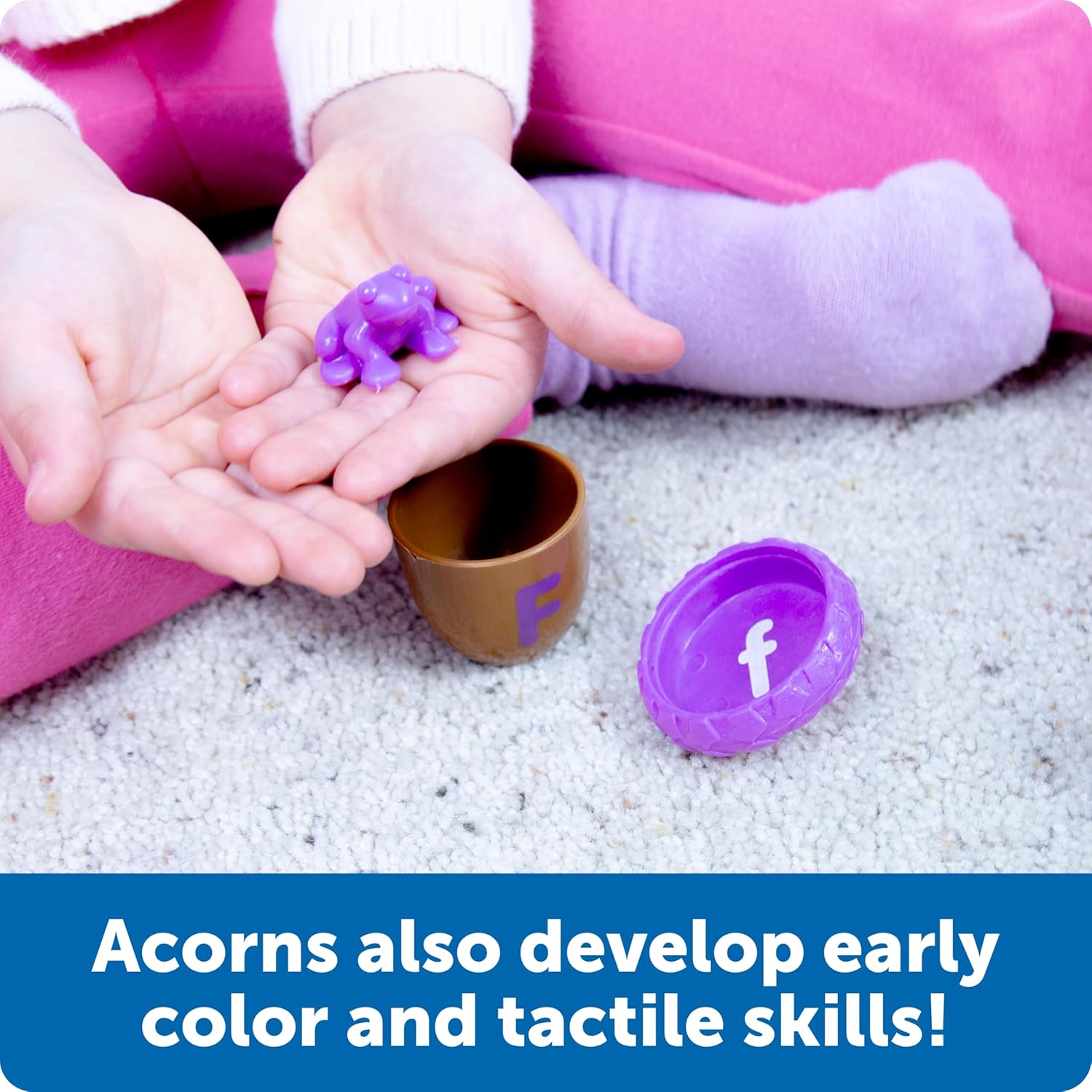
Troubleshooting common wobbles
If children default to letter names over sounds, gently reframe—“That’s the letter ’s’; today we’re listening for /s/.” If attention drifts, reduce the set on the table and add movement: a quick “deliver the acorn to its house” game resets energy. If a sound provokes frustration, pair it with a high-success partner (/m/ and /s/) and alternate wins with attempts. When reversals in writing persist, anchor the letter with a posture cue—“pencil wakes at the top”—and practice on a vertical surface where the wrist can move freely.
Conclusion
Early literacy accelerates when children can touch what they’re learning. The Learning Resources Alphabet Acorns Activity Set turns the alphabet into a series of friendly invitations: open, notice, name, match. With a small, steady routine and playful variations, you’ll see sharper listening, clearer first-sound awareness, and stronger letter–sound bonds that transfer to handwriting and early reading. Keep the center footprint simple, rotate challenges not chaos, and use everyday moments to echo sounds beyond the table. The acorns do the charming; you design the rhythm—together, they build readers in the making.
Shop Alphabet Acorns Activity Set
FAQ
- What ages does the set suit best?
Most children from about 3–6 engage well. Younger learners enjoy the open-and-name routine; older ones can sort, explain, and use the acorns as writing prompts. - Should I teach letter names or sounds first?
Lead with sounds for reading readiness. Names are useful, but the sound–print link drives decoding. - How many acorns should I present at once?
Begin with 5–8 to protect focus. Add more as attention and success grow. - How can I support multilingual learners?
Use familiar object words first, model mouth shapes, and celebrate approximate sounds while you refine accuracy over time. - What if a child mixes up similar letters?
Go large with finger-tracing, pair look-alikes for contrast, and verbalize start points. Return to small writing once the path is clear. - Can I blend this with handwriting practice?
Yes—one neat trace after a successful match is perfect. Quality beats quantity. - How do I keep the center tidy?
Photo labels, a two-step reset (“match, then lid”), and a sand timer for gentle endings keep order without nagging. - Is there a way to add maths?
Count matches, compare “more/fewer,” and chart class favorites. Sorting by object properties sneaks in early data handling. - What’s a quick home activity with no prep?
A three-word sound challenge at breakfast: pick a letter, say three words that start with its sound, and draw one on a sticky note. - How will I know it’s working?
You’ll hear clearer first-sound identification, see faster matches, and notice more confident attempts at writing the focus letters during everyday play and journaling.

